We don’t want to enter the debates that sometimes swirl around Australia Day. But here’s something Australian we can definitely celebrate: a small group of Silver Banksias flourishing near Forest Creek in Happy Valley.
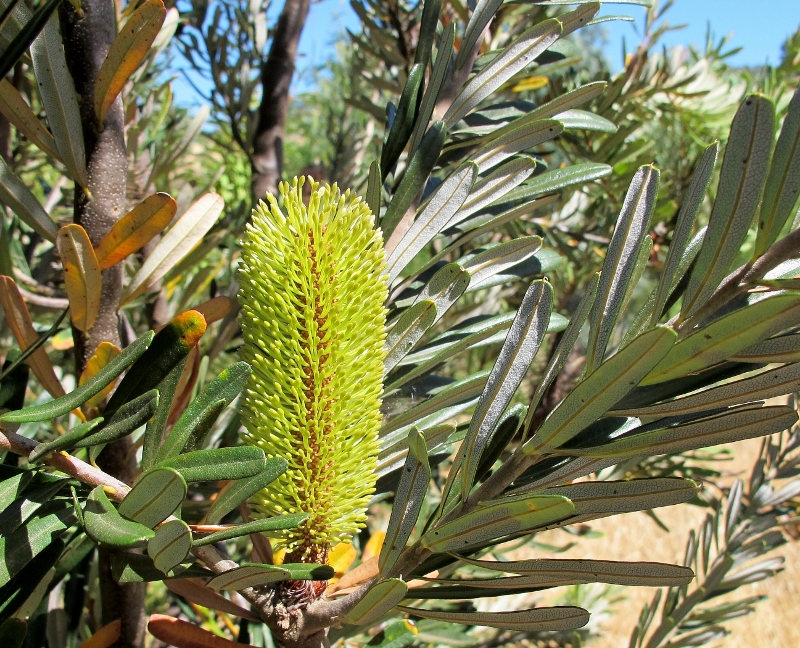
Candle of hope: Banksia marginata, near Forest Creek, January 25. The species was almost wiped out in our region, but a colony has been established by Castlemaine Landcare.
Readers of our October 2013 Post will remember Ian Lunt’s discussion of the once prolific Banksias and Casuarinas in our region. A number of factors led to their drastic decline–in the case of the Banksias, to virtual local extinction– with corresponding effects on bird populations.
Robin Haylett responded to that post by pointing out that Castlemaine Landcare had successfully planted Banksias along Forest Creek. Those plantings are now pretty impressive, and the follow up plantings look like they’ll do just as well. And some of them are flowering now, on the Australia Day weekend. We can salute that.

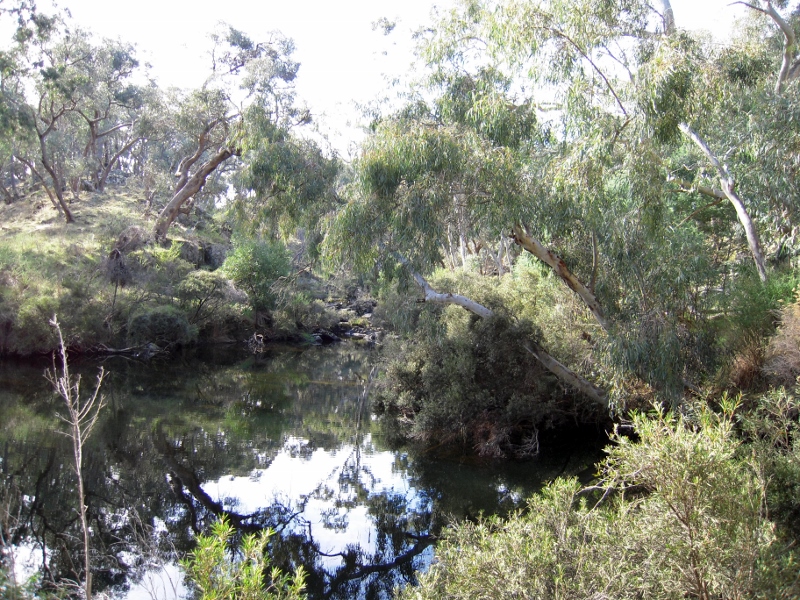
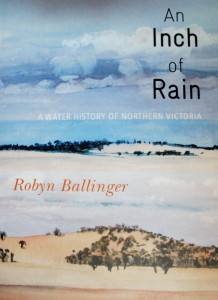
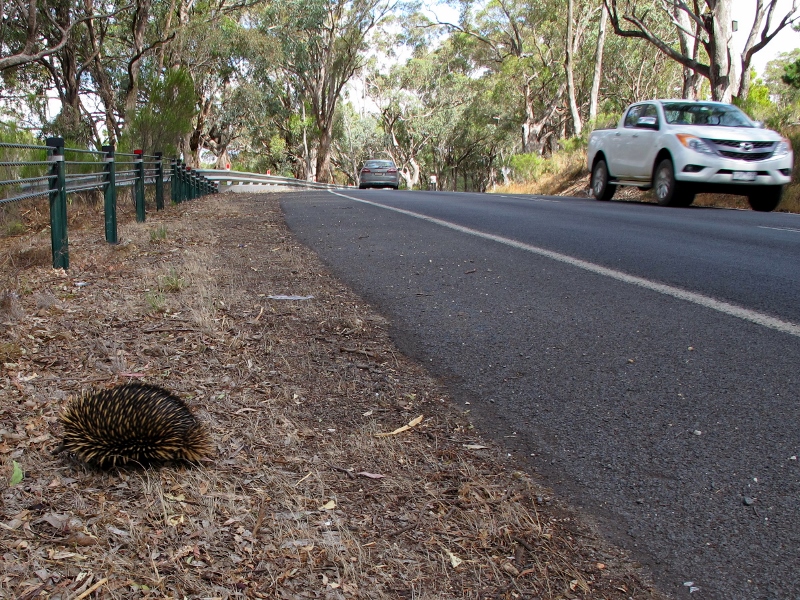
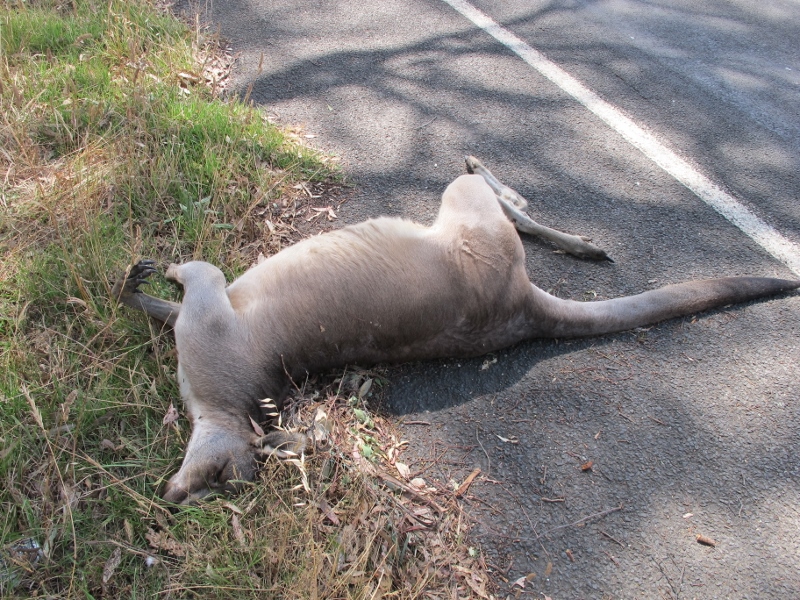


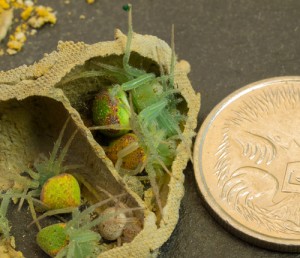
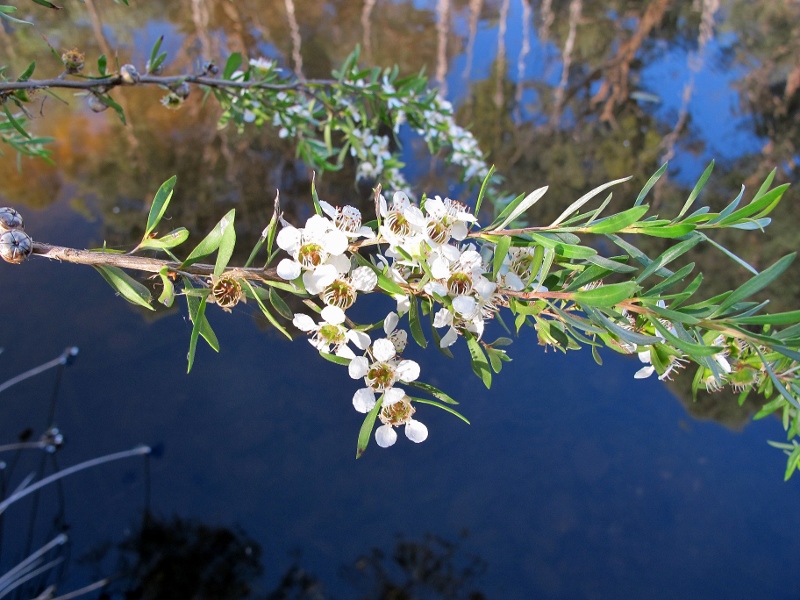
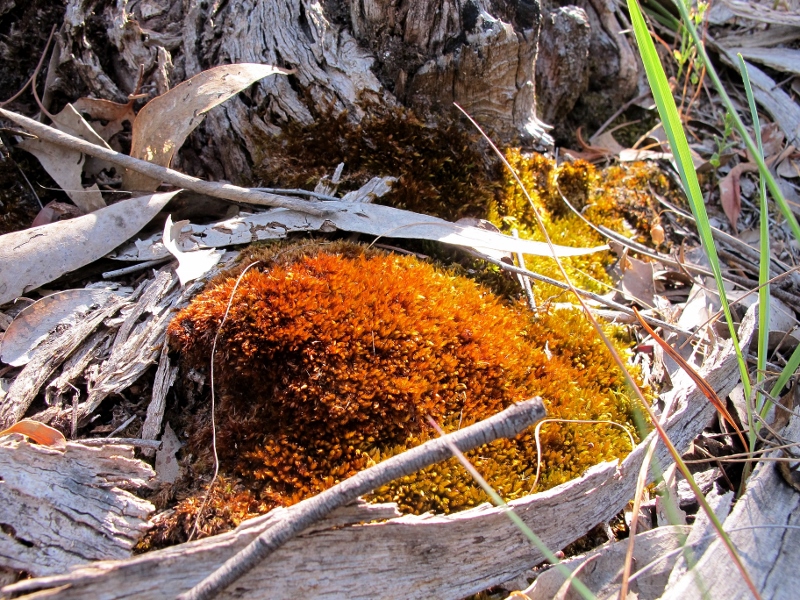



 Click on image for info/order page
Click on image for info/order page Click on image for info/order page
Click on image for info/order page Click on image for info/order page
Click on image for info/order page





















